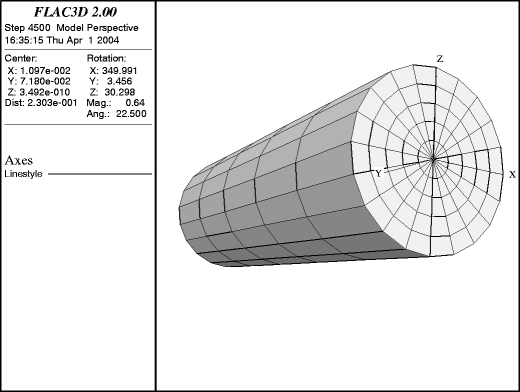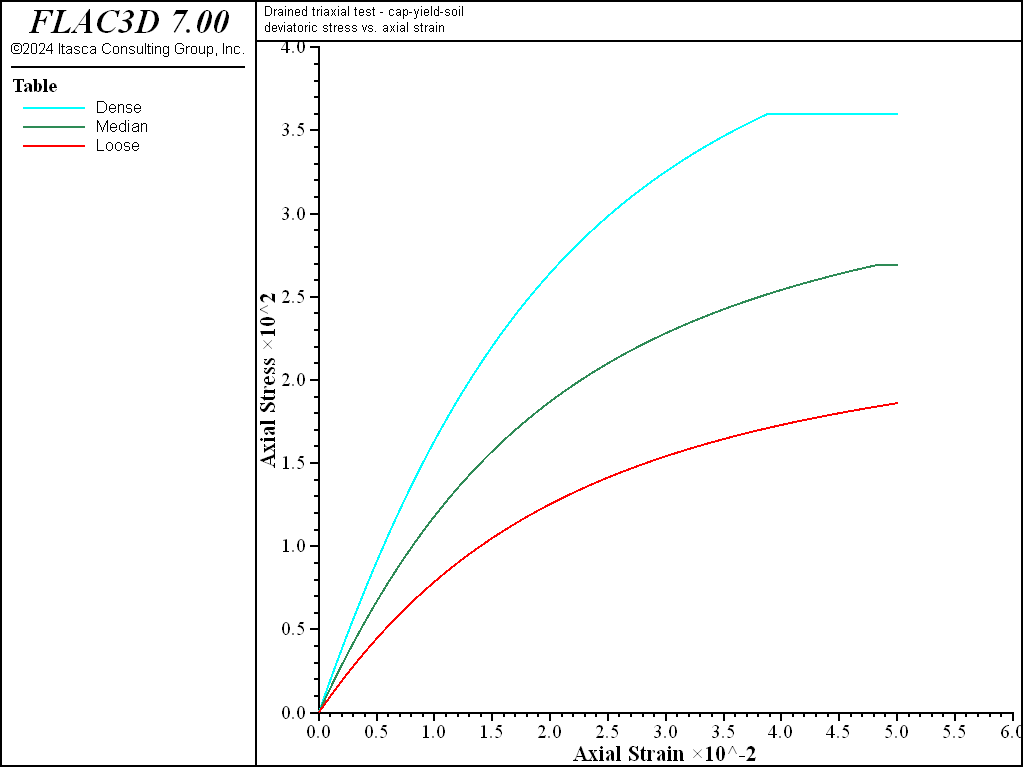
Solid Earth Additional Journal Information: Journal Volume: 123 Journal Issue: 5 Journal ID: ISSN 2169-9313 Publisher: American Geophysical Union Country of Publication: United States Language: English Subject: 58 GEOSCIENCES multistage triaxial test hydrate‐bearing sediments shear strength dilation = , (NETL), Morgantown, WV (United States) Sponsoring Org.: USDOE Office of Fossil Energy (FE) OSTI Identifier: 1478390 Alternate Identifier(s): OSTI ID: 1786736 Grant/Contract Number: FE0004000 Resource Type: Accepted Manuscript Journal Name: Journal of Geophysical Research. Publication Date: Research Org.: National Energy Technology Lab. of Pittsburgh, Pittsburgh, PA (United States) (NETL), Morgantown, WV (United States) Univ. of Technology, Atlanta, GA (United States)

(NETL), Morgantown, WV (United States) Georgia Inst. (NETL), Morgantown, WV (United States) AECOM, Morgantown, WV (United States) As a result, this benefits the geomechanical characterization of the HBS, as obtaining the pressure cores is extremely costly and preparing lab samples is usually sophisticated and time consuming. Therefore, the multistage test offers more » an efficient way of measuring the strength and volumetric response of the HBS with a much smaller number of specimens than the single–stage test. However, the stiffness measured in later stress stages in the multistage tests was enhanced by the stress–strain history of earlier stages.


The peak strength and peak/postpeak shear dilation measured using the multistage tests are comparable to those using the single–stage tests. Shear dilatancy increases with increased hydrate saturation and decreased confining stress. The results show that both the strength and stiffness of HBS increase with increased hydrate saturation and confining stress. Conventional single–stage triaxial tests were also performed to serve as baselines. The multistage triaxial test method, which shears a single specimen under different confinements, was employed to examine its applicability in measuring geomechanical properties of the HBS. The hydrate pore habit formed in the sediments is noncontact–cementing, which is different from contact–cementing or grain–coating hydrate pore habits formed when the excessive gas method is used. This study experimentally investigated the geomechanical responses of laboratory–formed methane–HBS to triaxial shearing under drained conditions. A sound understanding of the geomechanical behavior of hydrate–bearing sediments (HBSs) is essential not only for assessing reservoir and wellbore stability during methane gas production but also for projecting the impact of global warming on the stability of geological settings that contain hydrates.


 0 kommentar(er)
0 kommentar(er)
